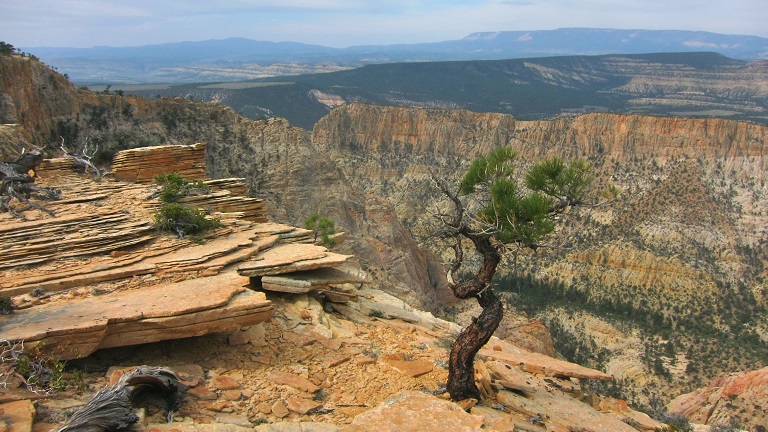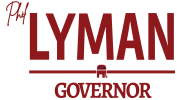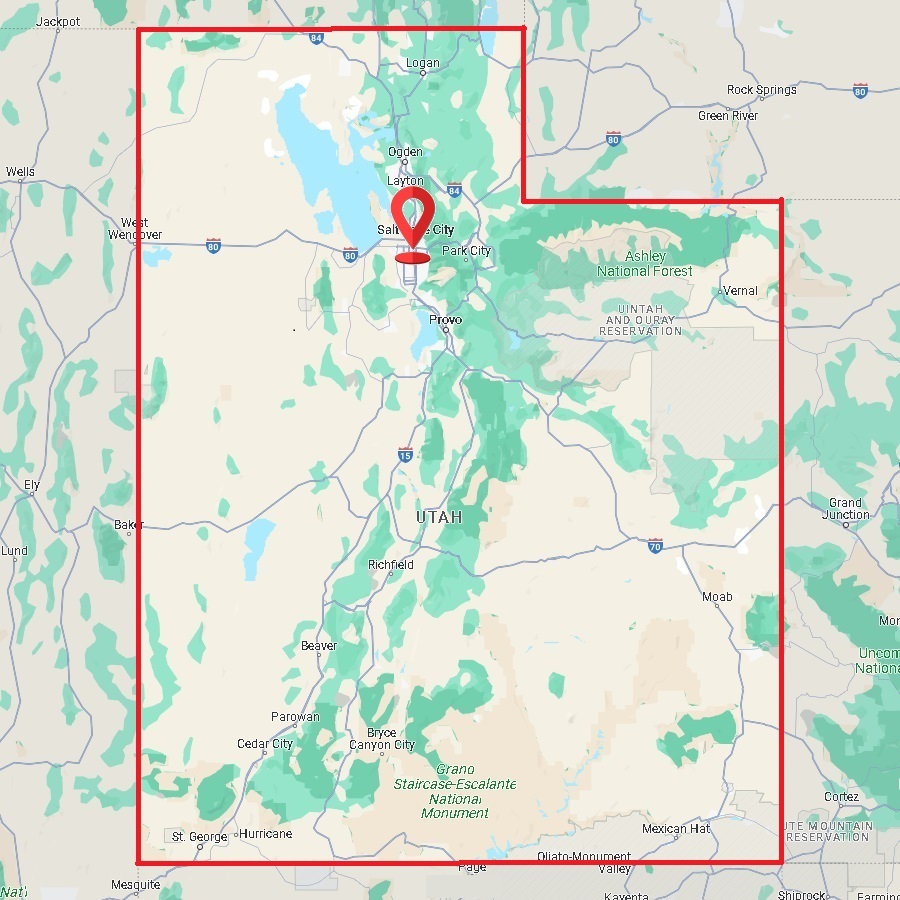Public Land
Policy Vision
Public Land Stewardship
- Transfer control of public land to the state
- Keep our backcountry system of roads open
- Roads are the lifeblood of our rural communities
- Maintain a Federal Natural Resources Policy Account
- Litigate poor federal management decisions
- Encourage Institutional Trust Lands administration
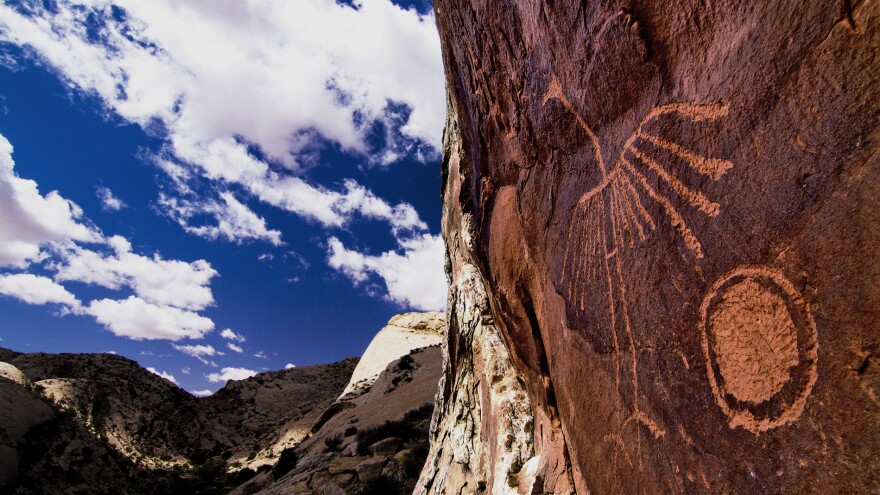
Utah Public Land
The lands contained within the state of Utah have shaped who we are as a people, and as I drive across this state with diverse landscapes and abundant resources, I believe we could be so much more. As someone who has seen his best friends killed as a consequence of federal overreach and control of our public lands, it surprises me that our state hasn’t done more to control the resources and lands within our borders. Until we do, Utah will never reach its full potential. When I see magazine covers boasting that we’re the #1 state in the nation, I have to wonder what they mean by “state.” At best, we’re the #1 federally managed colony in the nation. Between the directors of the Bureau of Land Management and the U.S. Forest Service, two unelected administrators in Washington D.C. have more control over what happens on Utah land than the governor of our state. I’m running to be governor of this state, as Governor, I intend to govern all of it.
State Institutional Trust Lands
Wyoming’s trust lands include a 640-acre parcel in the middle of a national park that is currently valued at $62.4 million dollars. Under the leadership of the current governor, Utah’s State Institutional Trust Lands Administration is proposing to trade 162,000 acres of trust lands within the Bears Ears National Monument. If the Bears Ears SITLA trade performs as well financially as the Grand Staircase trade did, we can expect the trade to bring in $28 million a year to our school system. For reference, Iron County is currently considering a $75 million dollar bond proposal to fund a small portion of its education system. It makes no sense that Wyoming’s SITLA lands located in the midst of federally protected areas is worth $100,000 an acre, and Utah’s SITLA lands are essentially worthless. If our SITLA land was valued as richly as Wyoming’s, the bare minimum we should be seeking in a land exchange with the federal government $15.7 billion dollars.
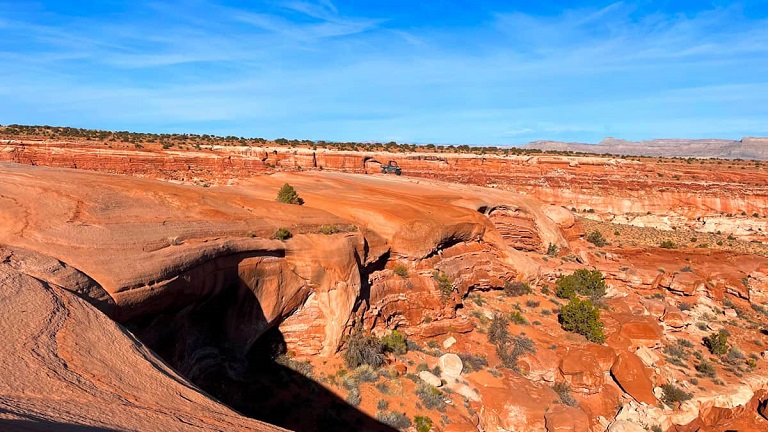
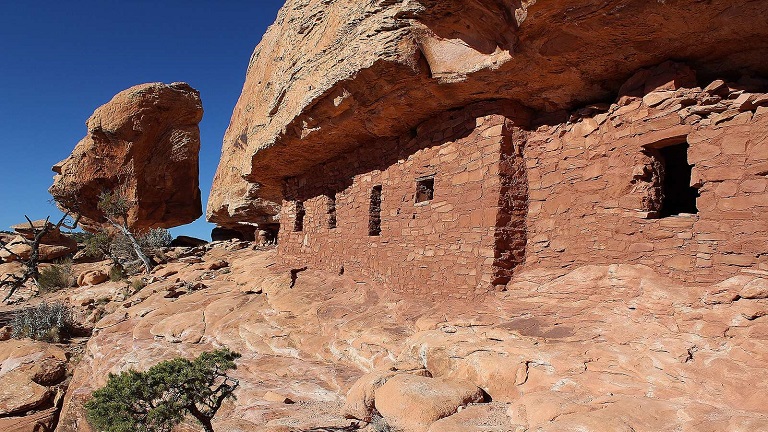
Yet, our state leaders are satisfied with a few hundred million dollars for this exchange. If they trade off our SITLA lands for a song, there is no way we can go back and do this over again. This is a failure of leadership and an insult to Utah families who now must pay exorbitant property taxes to fund our education system because SITLA is failing to uphold its fiduciary responsibilities and fund our education system. If SITLA negotiated Wyoming land values for its Bears Ears holdings and wisely invested the billions of dollars this land is worth, we would be able to fund our entire education system from just the investment returns in 20 years and eliminate most property taxes.
Federal Natural Resources Policy Account
The state of Wyoming maintains a Federal Natural Resources Policy Account, which allocates up to $50 million dollars a year for the state to litigate federal land management decisions that hurt the state of Wyoming. On the same day that the Utah Governor’s Public Land Policy Coordinating Office announced a legal challenge to a terrible decision to close 317 miles of popular backcountry roads in Moab, the announcement also said Governor Cox is “urging collaboration.” Litigation is the step you take when a collaboration has failed. You can’t stand up for the state of Utah and “disagree better” with the radical bureaucrats that are running President Biden’s Bureau of Land Management.
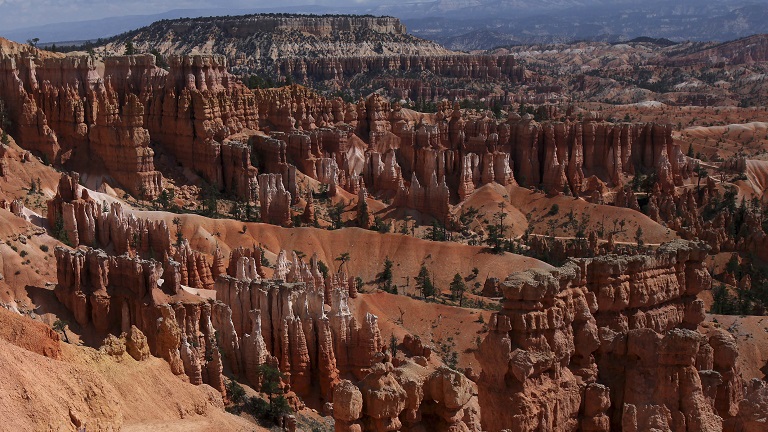
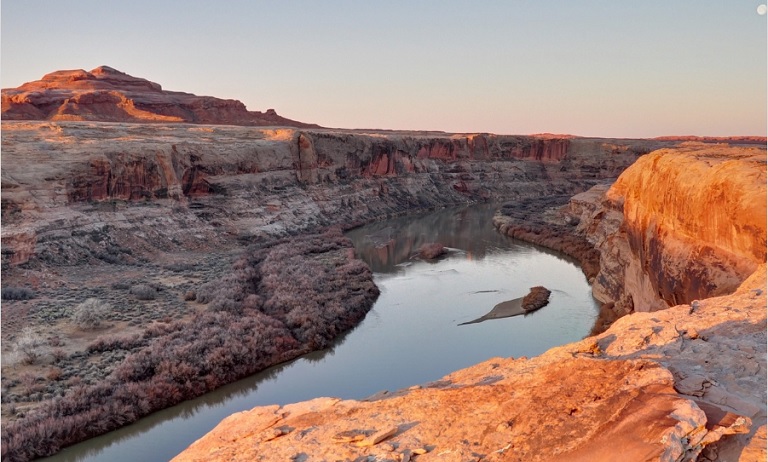
None of the major policy decisions coming from Washington that impact Utah’s lands suggest the existence of a good faith negotiating partner who can collaborate to find consensus. To urge collaboration at the moment of announced litigation is a broadcast of weakness, and it’s no surprise federal land managers believe they can walk all over Utah. As governor I would assert our coordination rights as a state on every federal land policy change to ensure that every federal land management decision that hurts Utah is litigated to the full extent of the law. Like Wyoming, I would make sure we have a dedicated fund to ensure that every adverse federal decision is litigated. While I appreciate that the current governor has litigated some of the bad management decisions that have hurt Utah, I question the sincerity and commitment to these fights when litigation announcements are coupled with calls to “disagree better.”
Roads Will Stay Open
Our backcountry system of roads in this state are the lifeblood of our rural communities. The roads themselves are also a valuable historical and cultural resource. As governor I will fight against the radical environmental movement that is working to close our roads and turn our rural counties into inaccessible wilderness.
State Transfer of Public Lands
I support the legislation that would transfer federally controlled lands to state ownership. The State of Utah would be a better steward of these lands. Our governor and attorney general should make it a top priority to advance any legal challenge that would force the federal government to keep the promises it made in our state’s enabling legislation.
